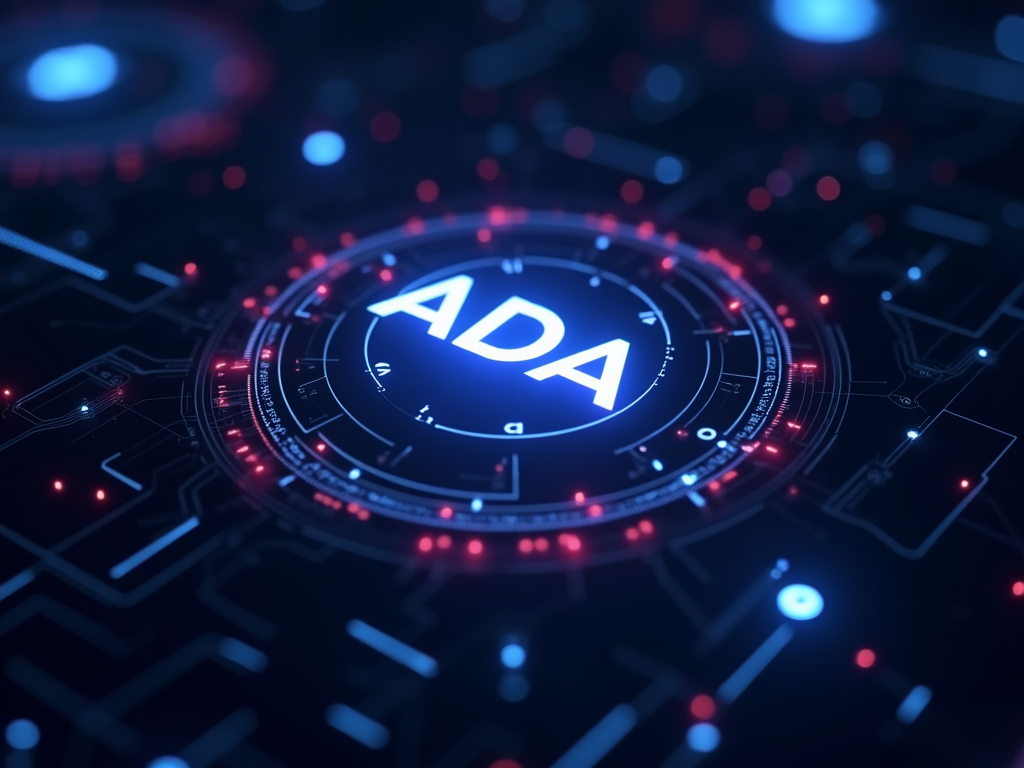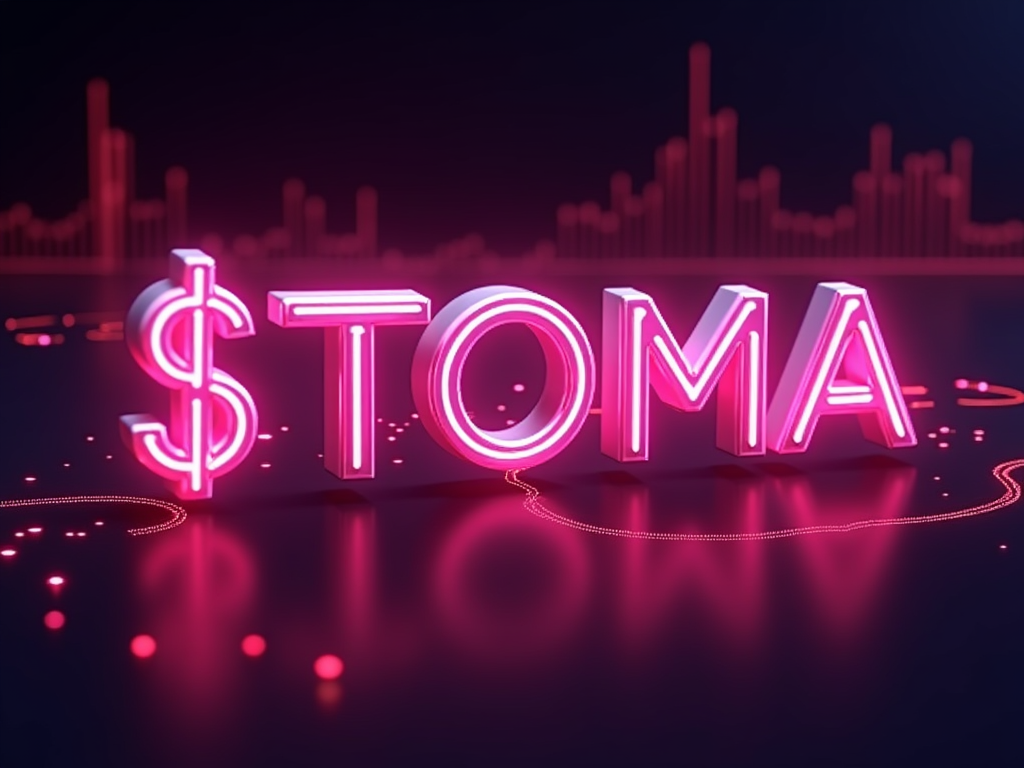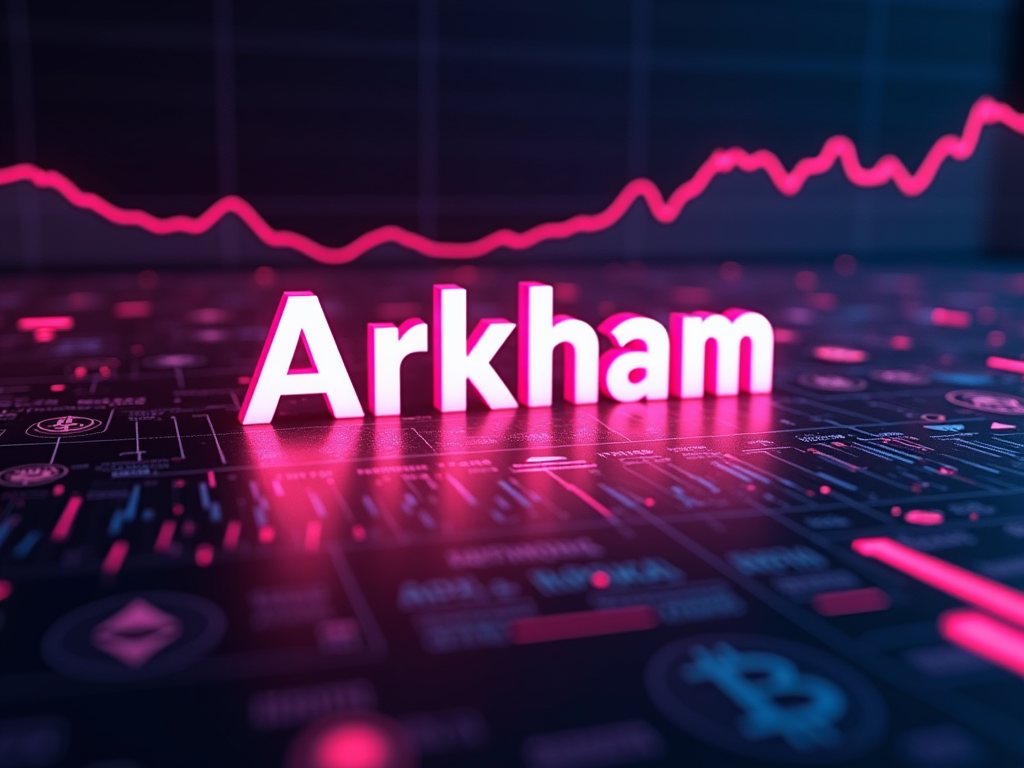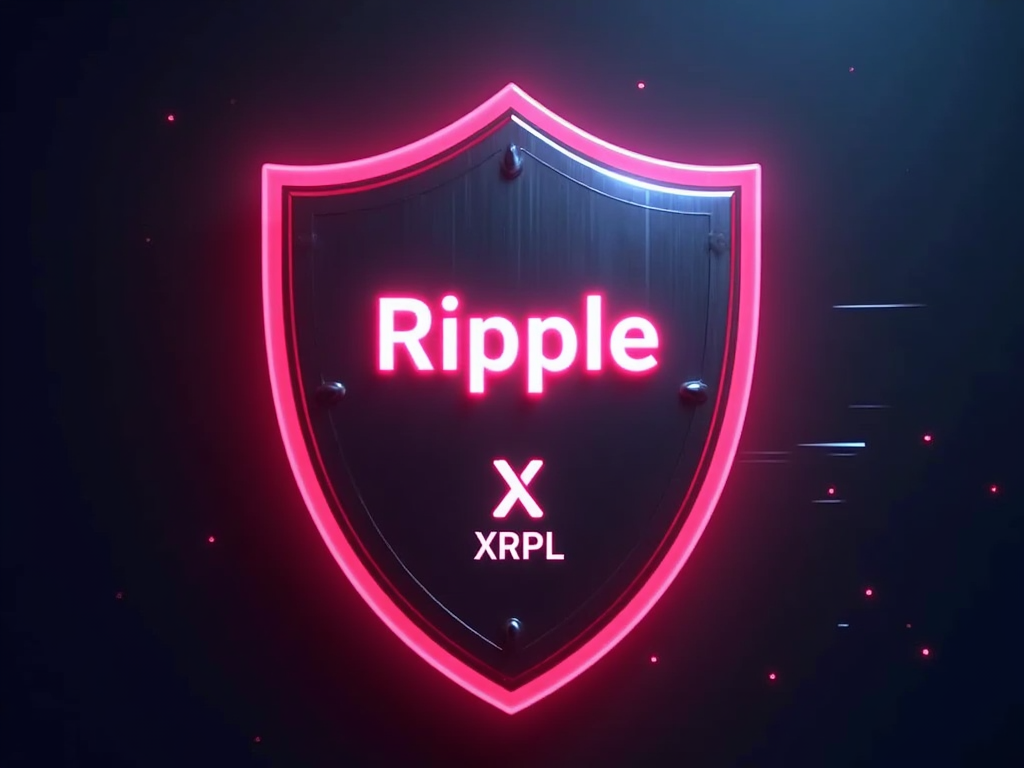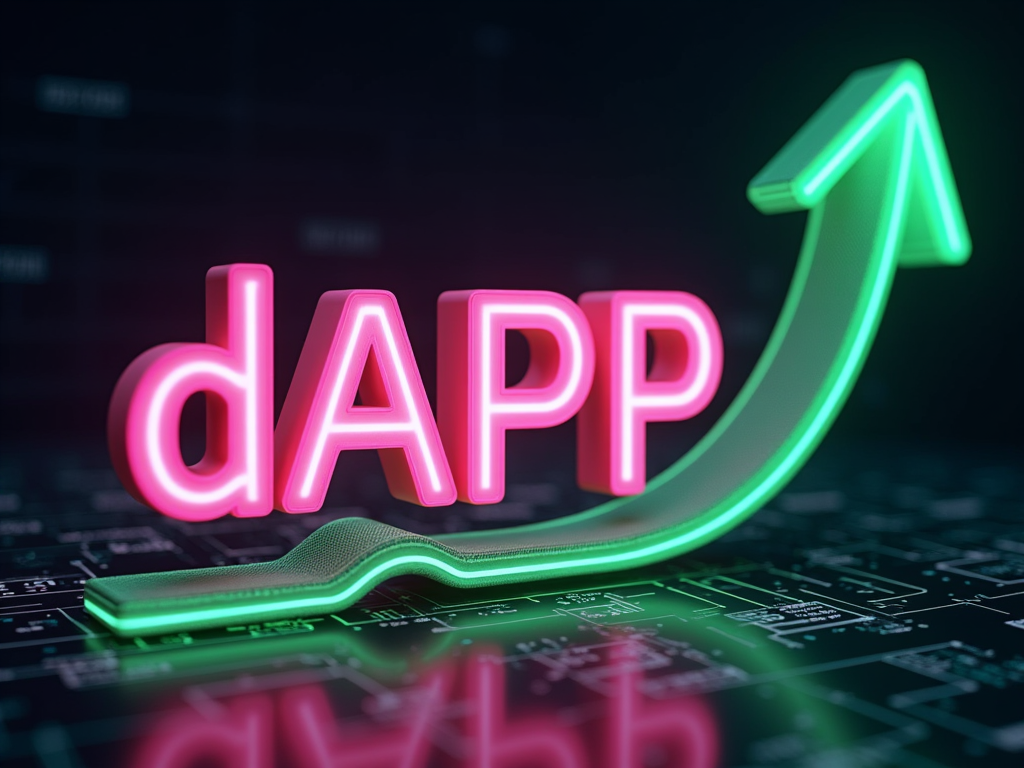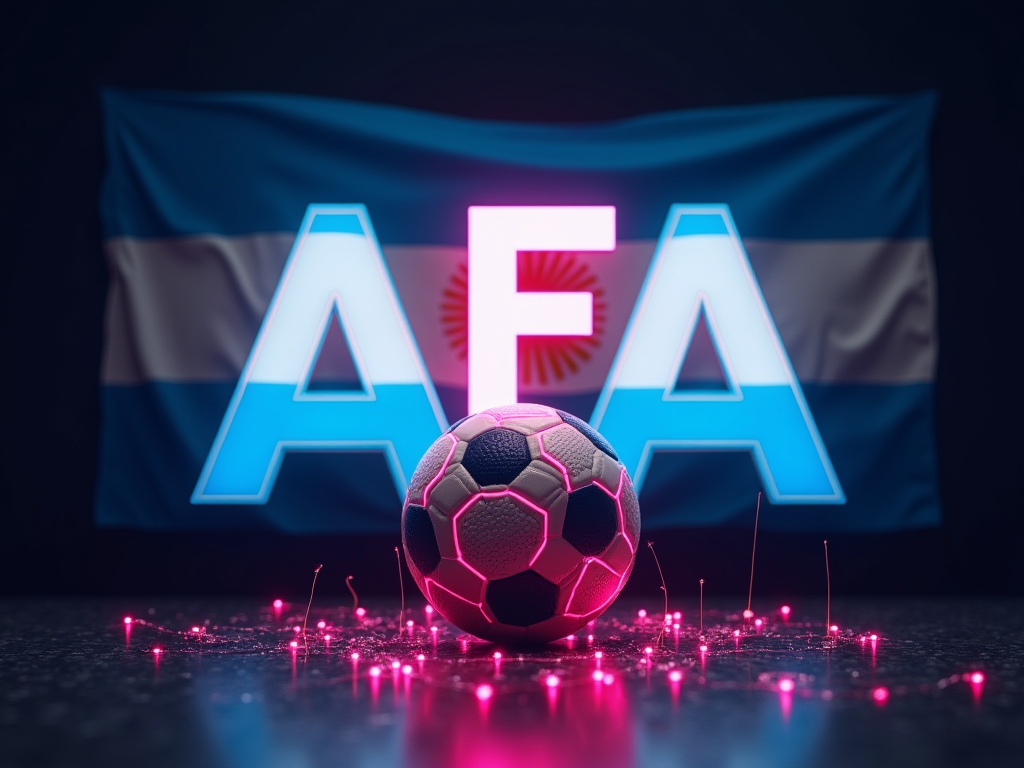Key Points
- Cardano is implementing its biggest upgrade in two years, introducing on-chain governance mechanisms allowing ADA token holders to participate in network decision-making actively.
- The “Chang hard fork” marks the beginning of the Voltaire Era, a crucial step in Cardano’s evolution towards becoming a self-sustaining, decentralized blockchain system.
Cardano: A Third-Generation Blockchain
Cardano, launched in 2017 by Ethereum co-founder Charles Hoskinson, is a prominent third-generation blockchain platform. Built to address the limitations of earlier blockchains, it employs a proof-of-stake consensus mechanism called Ouroboros and an extended unspent transaction output (EUTxO) model, enhancing both security and predictability.
The platform’s native cryptocurrency, ADA, plays a central role in network governance and security through staking. Cardano supports native assets and smart contracts, with programming languages like Plutus and Aiken available for developers. Its design principles emphasize academic research, scalability, and deterministic execution, making it suitable for various enterprise applications across industries such as supply chain management, healthcare, and decentralized finance.
The Chang Hard Fork: A Milestone Upgrade
Cardano is about to undergo its most significant upgrade in two years, known as the “Chang hard fork.” This upgrade represents a major step in Cardano’s evolution, introducing substantial changes to the network’s structure and governance model.
The centerpiece of the Chang hard fork is the introduction of on-chain governance features, which will empower ADA token holders to participate in the network’s decision-making processes actively. Key aspects of this new governance model include:
- Election of Delegate Representatives (dReps)
- Voting on improvement proposals
- Participation in future technical changes to the blockchain
These features are outlined in the Cardano Improvement Proposal 1694 (CIP-1694), which forms the core of the upgrade. CIP-1694 introduces various governing structures to the Cardano ecosystem, including a Constitutional Committee, Delegate Representatives (dReps), and Stake Pool Operators (SPOs).
The Voltaire Era: Towards Self-Sustainability
The Chang hard fork marks the beginning of Cardano’s Voltaire Era, which represents the final stage in the platform’s current roadmap. The Voltaire era is designed to provide the necessary components for Cardano to become a genuinely self-sustaining system.
Key features of the Voltaire era include:
- A voting system allowing network participants to present and vote on Cardano improvement proposals
- A treasury system that pools a fraction of all transaction fees to fund future development activities
- Leveraging the existing staking and delegation process for governance
Once fully implemented, these features will enable the Cardano network to be maintained improved decentralized over time. The goal is for Cardano’s future to be entirely in the hands of its community, who will have all the tools needed to grow and evolve the platform from the secure, decentralized foundation established by IOHK (Input Output Hong Kong, the company behind Cardano).
Timeline and Preparations
The Chang hard fork, originally scheduled for earlier implementation, has been rescheduled to September 1st. Charles Hoskinson, CEO of Input Output Global, announced the delay to allow exchanges, including Binance, adequate time to prepare their systems.
Hoskinson commented on the situation, stating, “The magic of deadlines is that people who aren’t taking upgrades seriously suddenly say, damn, we got to get moving.” This delay underscores the complexity and significance of the upgrade, requiring careful coordination among various stakeholders in the Cardano ecosystem.
Future Implications
Implementing the Chang hard fork and transitioning into the Voltaire era represents a pivotal moment for Cardano. By introducing on-chain governance and a self-sustaining treasury system, Cardano aims to achieve true decentralization, where the network’s future development and maintenance are directly controlled by its community.
According to DeFILlama, Cardano currently ranks as the 30th largest blockchain. However, it continues to draw significant attention in the cryptocurrency space. This is partly due to the project’s ambitious roadmap and the high profile of its founder, Charles Hoskinson.
As the Cardano community prepares for this landmark upgrade, all eyes will be on the successful implementation of the Chang hard fork and its potential to reshape the platform’s governance structure. The coming weeks will be crucial as developers, exchanges, and users ready themselves for this significant transition in Cardano’s journey towards a fully decentralized and self-governing blockchain ecosystem.
The success of this upgrade could set a new standard for blockchain governance and sustainability, potentially influencing the broader cryptocurrency and blockchain industry. As Cardano moves closer to realizing its vision of a community-driven, self-sustaining network, it continues to position itself as a forward-thinking platform in the evolving landscape of blockchain technology.
